Saddle Stitching is the classic way of hand stitching leather. It is very durable and can last a lifetime when done correctly.
The machine stitch or lockstitch is less durable. Where a break in the thread would unravel the entire row of machine stitching, saddle stitching maintains its integrity through the entire line.
What’s the difference?
What makes saddle stitching so strong is that it uses a running stitch. A single thread is threaded through a needle on each end. A complete loop is made through each stitch hole, essentially making a figure 8 pattern the entire length of the line. This means that even if one loop is broken, only that one stitch is affected, as opposed to the machine stitch which can begin to unravel further down the line. Think of each stitch as a knot.
The locking stitch that a machine uses is done by the needle passing through the leather and a second thread looping around it on the back side before the needle passes back through the leather to the top side. What makes this weaker than the saddle stitch is that you have 2 strings relying on the structural integrity of the other string (instead of the leather) to hold it together and if that stitch breaks anywhere down the line, it is easily pulled back through all the other stitches.
Why is Saddle Stitching more expensive?
The durability of saddle stitching comes at a cost, though. It takes a machine minutes, what can take hours for an experienced leather crafter to do by hand. To hand stitch an item together, the leather worker must cut the leather to size, mark stitching holes and then manually punch ech hole throught the leather before a needle can pass through. A machine pierces the hole and stitches at the same time. This difference is what causes a significant price gap between completely handmade leather goods and machine stitched goods. When you buy a quality hand-stitched item, you’re mostly paying for time and expertise. Although, using a machine does require practice and experience, saddle stitching is a harder skill to master, requiring hours of practice just to get it to a satisfactory level.
An added benefit of saddle stitching leather is that you can go with a beefier thread than in a machine. In my leather goods, I punch my stitching holes using a chisel with 1mm round holes. I then stitch using a chunky 1mm thread. The result is a rugged look that is what my brand is all about. I love it. That isn’t to say that someone can’t use a smaller thread and holes. Some leather crafters use smaller holes on their chisels or pierce the leather using an awl, then use a much finer thread to give their items a more sophisticated look.
Which one is better?
When it comes to leather wallets, I feel that hand stitching is the way to go. A wallet is always with you. It’s in and out of your pocket, holds your most important documents, and protects your money. A wallet’s function should not be taken lightly. As such, it can cost you a lot more money in the long run, should the stitching fail and you lose your ID’s or credit card. Spending $60-$100 or more on a quality wallet is pricey, which is why $10 department store wallets are so appealing. When you take into account the protection, piece of mind, and longevity a properly-made full grain leather wallet with quality saddle stitching gives you, though: it pays for itself.
So where is machine stitching appropriate? I’d say mainly in clothing and bags. In larger items where they don’t necessarily need the strength of saddle stitching and where using it would take so long that the item would end up so expensive that it’d be unsellable.
Zeebee Leather actually made himself a saddle stitched jacket . The result was a really cool, one of a kind jacket, that took him 111 hours to make. Most leather crafters charge $20-$30/hr for labour. That means his jacket would be $2220-$3330 in labour costs alone! If he were to sell these, they could be a $4000 jacket, easily. Had he used a machine, the cost would be in the hundreds. Is Zeebee’s jacket stronger than a machine stitched jacket? Absolutely. Does a jacket need to be this durable? Probably not. Am I still going to attempt to make myself my own saddle stitched jacket one day? Definitely.
Saddle Stitching and Machine Stitching both have their place.
Saddle stitching without a doubt makes for a more durable, long-lasting product. The question is whether or not an item requires that level of durability or if corners can be cut to lower the overall cost of the item. I vastly prefer saddle stitching for my products and will never go to machine stitching on my wallets and other EDC items. Would I go to a machine for stitching bags and clothing items? Most likely.


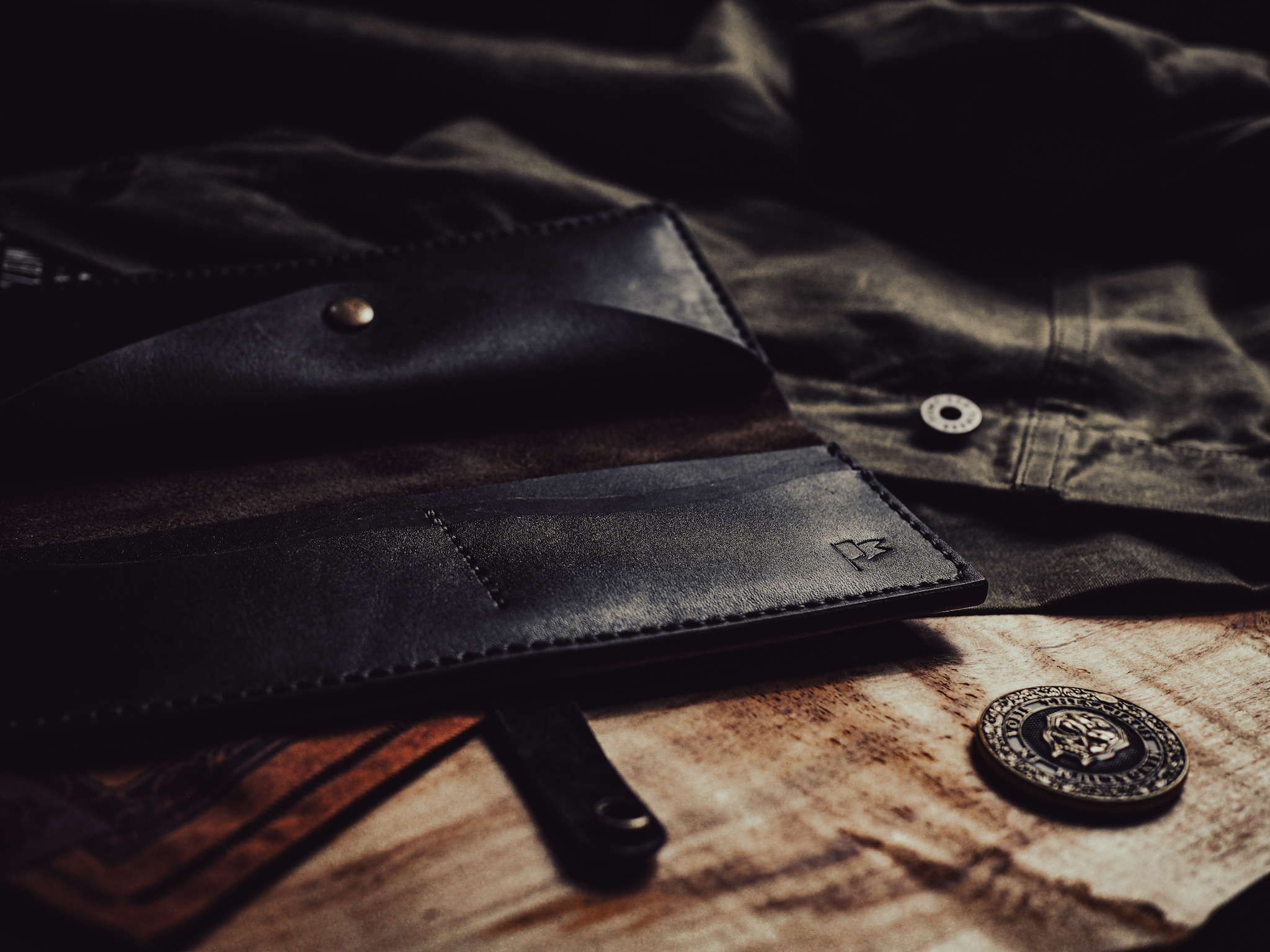
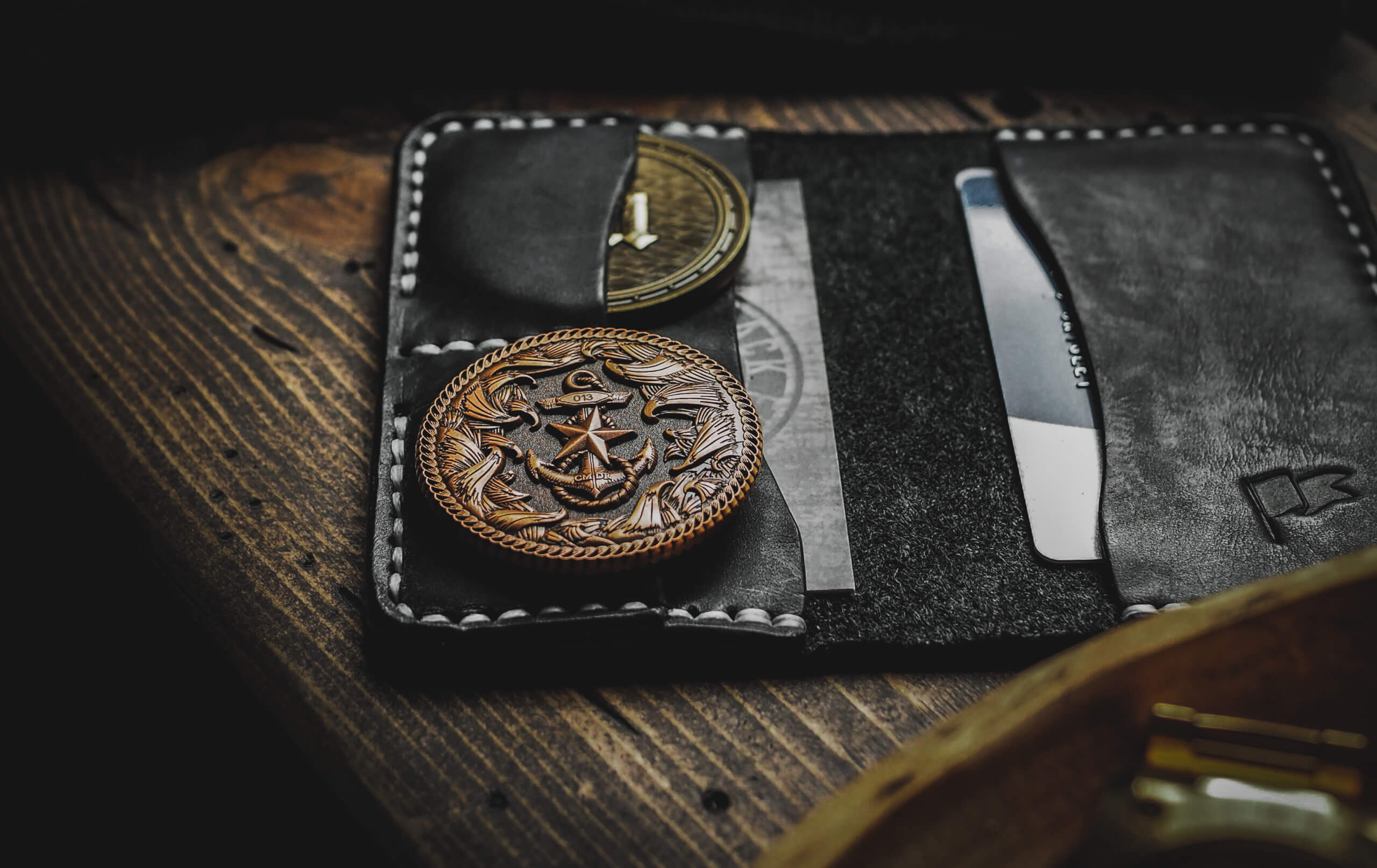

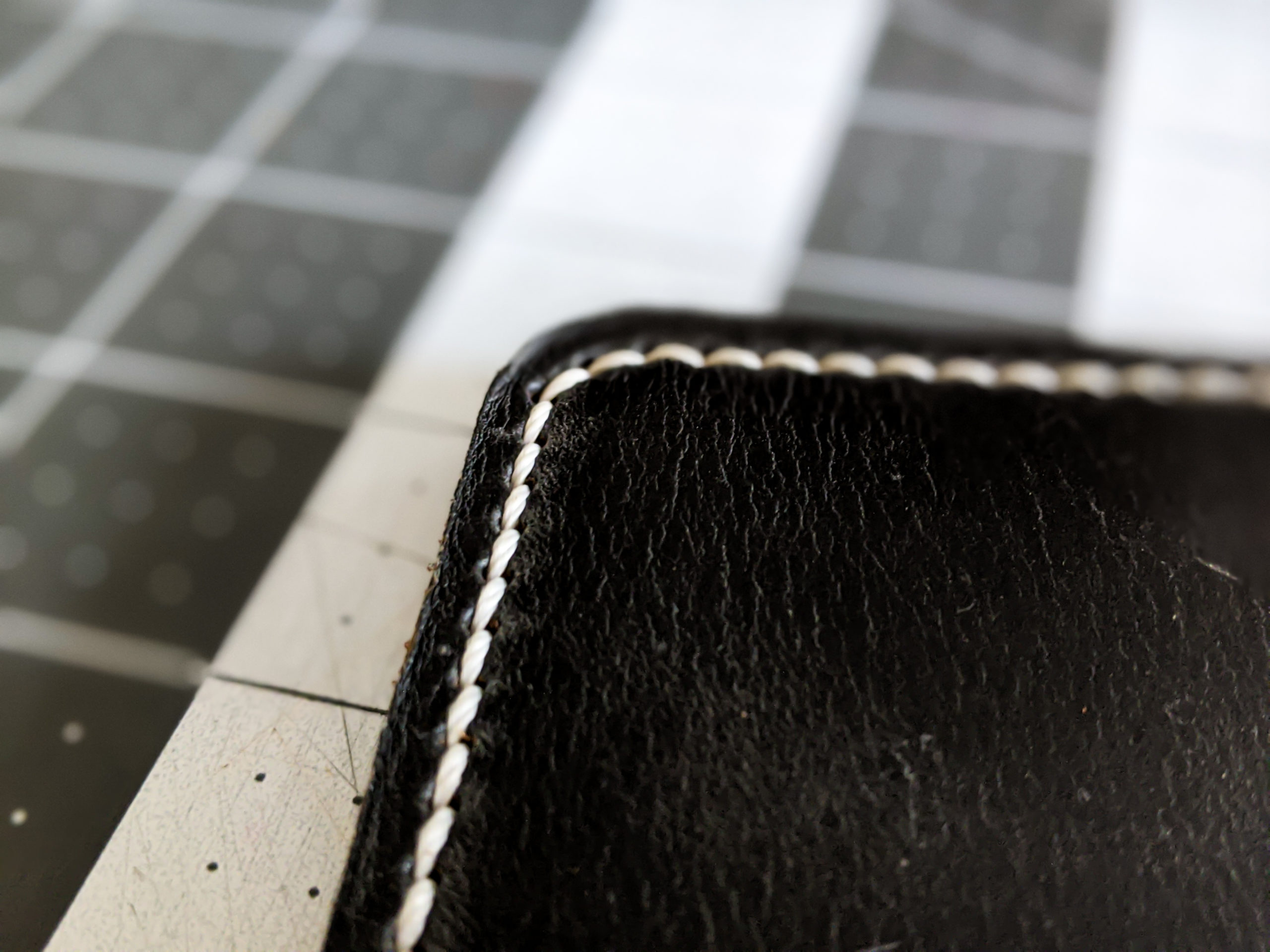
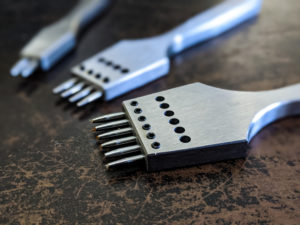
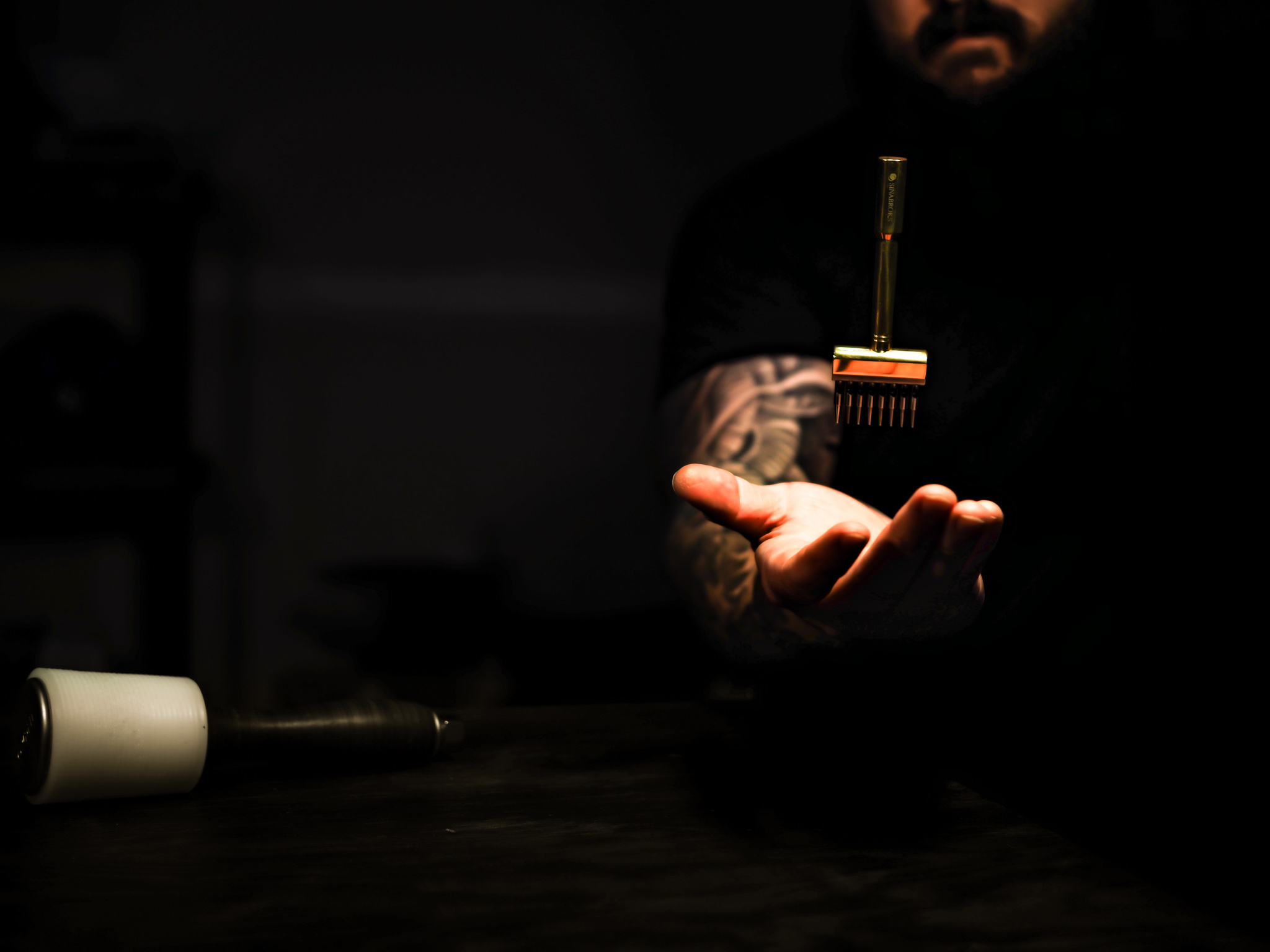
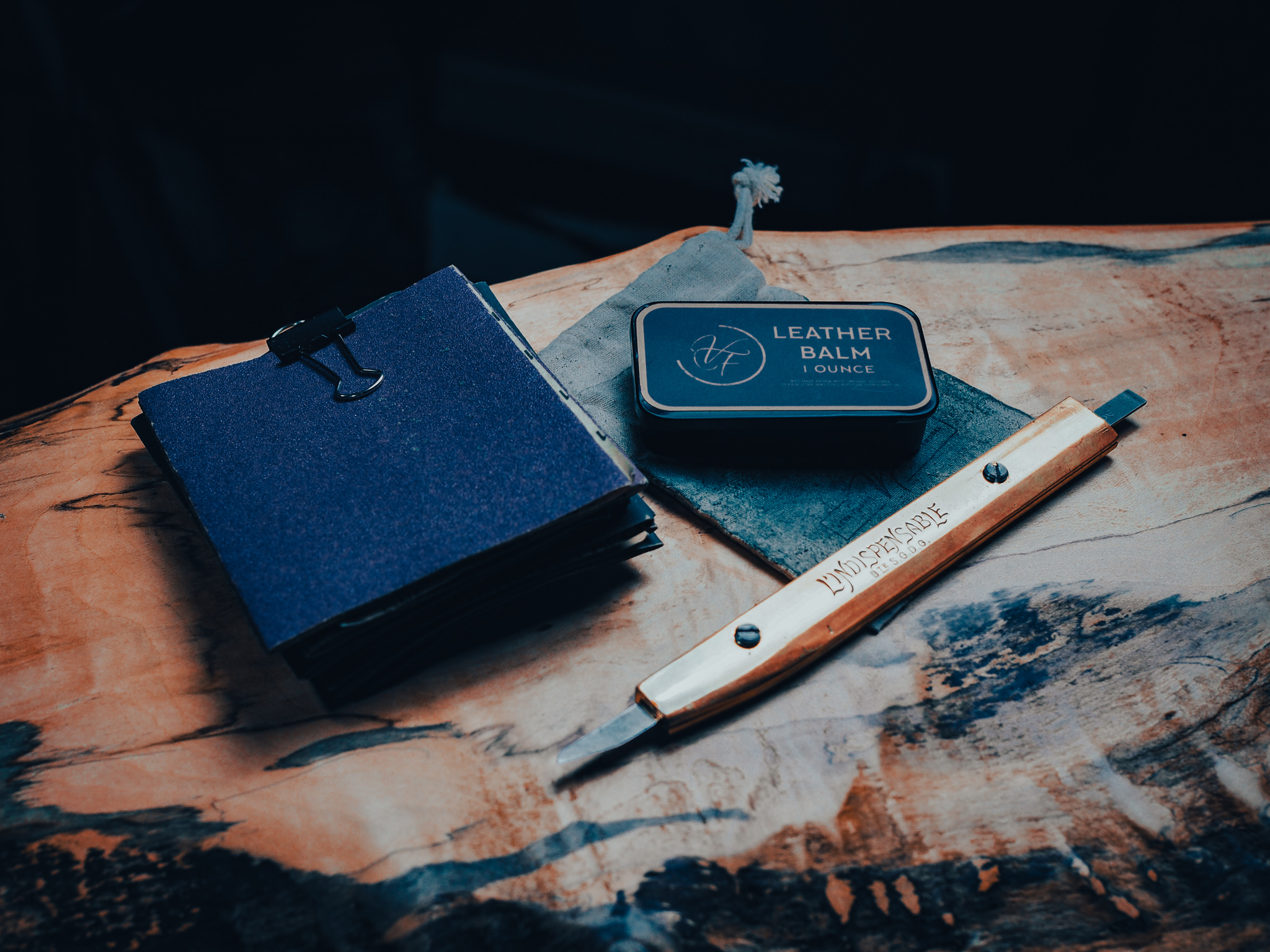
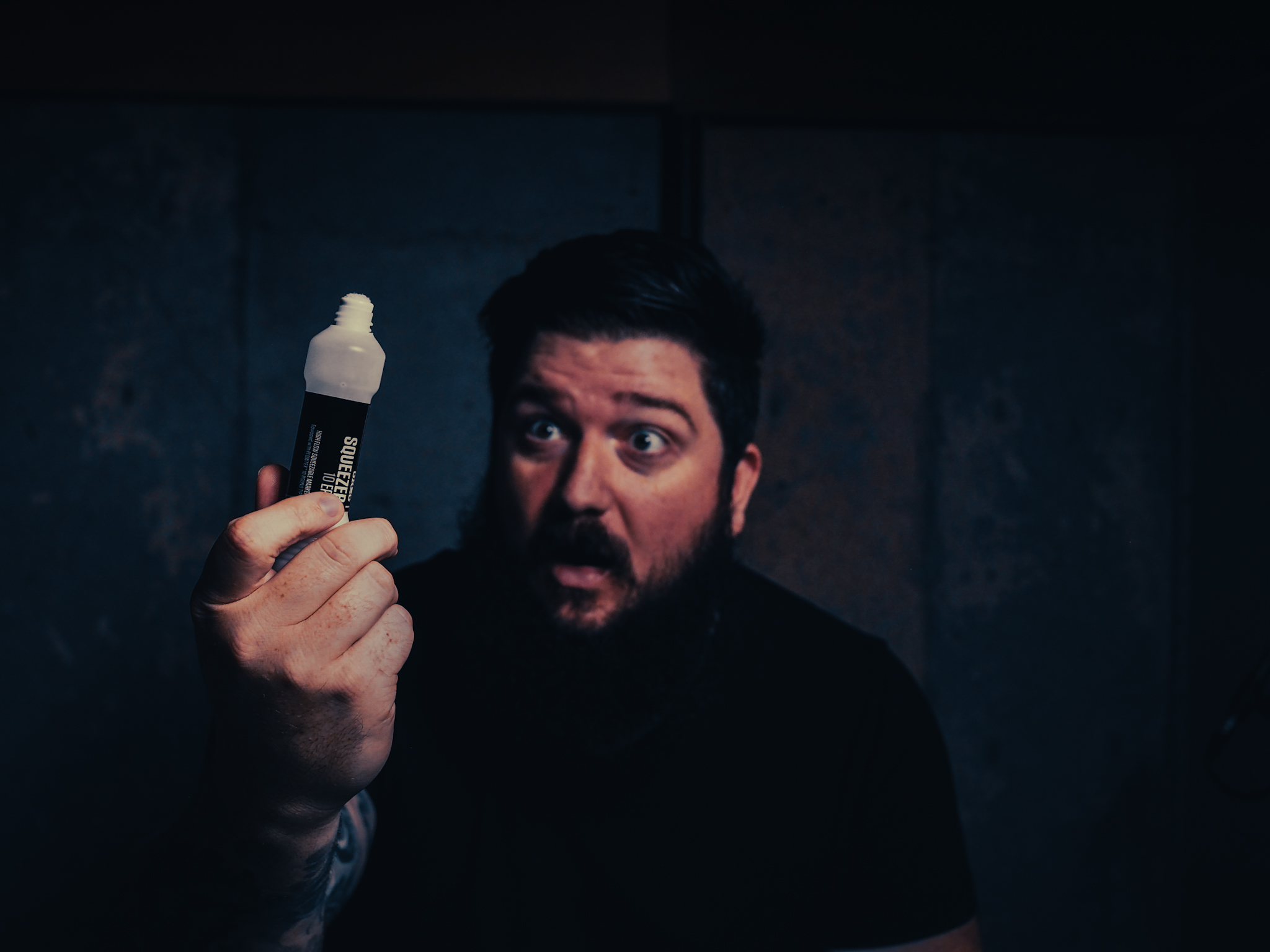
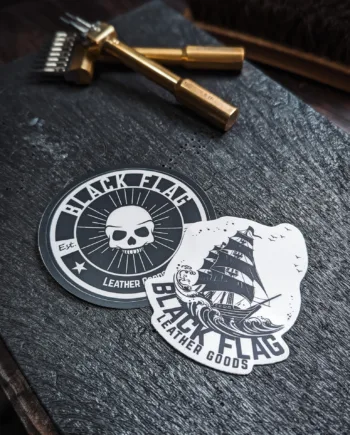
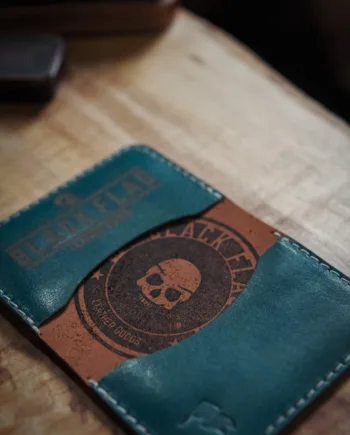
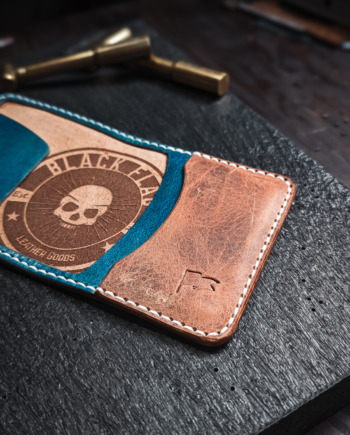
Add comment